Everyone is talking about the metaverse. It is the new buzzword among IT savants and is one of the leading trending technologies of these past years. But how are app developers adapting to this newfound technology that is bound to take the internet world by storm?
Since the onset of modern technology, we’ve occasionally heard buzzwords that define specific technological eras where different gadgets or technologies become widespread and change the landscape of what we call high-tech for years to come. First, it was “computer,” then “Internet,” then “smartphone,” and “mobile app,” and now, perhaps the biggest buzzword in the modern social media and gaming environments and in the business, IT, and finance sectors is “the metaverse.” The term has started garnering considerable attention from numerous sectors worldwide, with people ranging anywhere from millionaires and business leaders to your teacher and next-door neighbor delving into metaverse technologies. Its massive adoption, although currently still blossoming, seems inevitable. Everyday consumers are turning their heads toward the metaverse concept. They are undoubtedly waiting to devour mobile and software applications based on it, which lays the groundwork for app developers to start wringing substantial dividends from metaverse apps.
The concept of the metaverse is much more than just another run-of-the-mill, generic technological advancement. It promises to go beyond cool graphics and upgraded virtual gaming and is expected to cover various aspects of online commerce, education, banking, and social media, among others. In that sense, we’ll likely see the rise of virtual trading in industries such as real estate, 3D social media, and blockchain-based healthcare, education, and virtual marketplaces with immersive experiences, most of which will be driven by cutting-edge mobile and software solutions. As a result, metaverse app development solutions will increase in demand and will undoubtedly get more preference, making it imperative for app developers to adapt and evolve alongside the metaverse.
So, what does the metaverse mean for app development? We’re fairly confident we’ll be seeing a plethora of metaverse applications in the future, but does that mean that development practices worldwide are bound to change to adapt to this newfound IT universe? Let’s see.

What is the metaverse?
You’ve probably heard internet tycoons like Mark Zuckerberg or Microsoft’s Satya Nadella talk about the metaverse. You’ve also witnessed Facebook’s rebranding to “Meta” and are probably now thinking that maybe the Zuckerberg-owned company is planning on moving toward something that has to do with the metaverse, and you’re right. But precisely what is the metaverse? Is it a video game? A virtual marketplace? A social media company? Or maybe it’s a new version of the internet on steroids? Whatever its definition may be, the metaverse is en route to becoming an $800 billion market by 2024, with internet behemoths such as Microsoft, Apple, and Google jumping on the metaverse bandwagon and investing in it to further enhance their reach in the emerging technologies market. So, while there’s no universal, dictionary-ish definition of the metaverse, we’ll try to break it down for you as best we can.
The term “metaverse” was first used in the 1992 cyberpunk novel Snow Crash to describe a virtual universe where humans would migrate to escape their unpalatable existence in the real world. Sound familiar? It seems the metaverse is often associated with a vast, digital space where humans interact with a virtual environment. While that may be a very generic definition of the metaverse, that is, in broad terms, the gist of it.
More precise definitions vary, but most experts agree that the metaverse can be understood as a collective VR and AR-enabled virtual space, with high-level graphics and a considerable degree of verisimilitude, where people can interact, socialize, play, and shop. In other words, the metaverse is a virtual place where people do the things humans usually do in real life but on the internet. Metaverse connoisseurs also agree that the metaverse implies some sort of “real presence,” meaning that it actually feels like you’re there and what happens in the metaverse feels like it’s really happening.
It’s difficult to dissect what the metaverse means precisely. But, although definitions about it may vary, one thing everyone seems to agree on is that it’s the internet’s next frontier–a sort of web 3.0 that goes beyond immersive gaming experiences and delves into immersive life experiences. In fact, many companies are starting to envision a new digital metaverse-enabled economy where you can buy and sell virtual objects, experiences, and even land. Sounds crazy, right? Who would want to own a virtual lot? Well, there are companies such as Decentraland and Sandbox, for instance, that consider themselves metaverse worlds and sell virtual land to people or businesses who want to use it to build virtual buildings. Yes, that is the beauty of the metaverse.
Whatever line of thought or definition you choose to go with, the truth is that the metaverse isn’t one single digital space. Instead, the metaverse is the abutment of several digital environments and experiences that are constantly created by tech companies such as Roblox, Meta (duh), Unity, Google, and QUALCOMM. Sure, tech companies are bound to exploit everything the metaverse has to offer–they didn’t become tech giants by ignoring cutting-edge IT advancements, after all. However, the surprise here is that companies that seemingly have nothing to do with technology, such as Adidas, Nike, IKEA, and even Tinder, are currently also creating their own metaverse spaces to offer their customers a much more realistic and immersive digital shopping experience. So you see, the metaverse now sits at the crossroads between internet 3.0, immersive experiences, blockchain, augmented and virtual reality, and even artificial intelligence. And while not yet fully adopted globally, when people begin to truly grasp the meaning of these technologies and start to own and trade digital assets, we will begin to witness the rise of the metaverse. In the meantime, let’s try to understand what the metaverse means for app development and how it is starting to shape what our industry can do for its future.

Metaverse app development
Developing for the metaverse will genuinely become a greenfield for app developers. Unlike the traditional web 2.0 app development ecosystem, which revolves around tablets, smartphones, and computers, metaverse development revolves around immersive 3D experiences, meaning we’ll be using VR glasses and other AR/VR gadgets to access the metaverse. As a result, developing a metaverse application means shifting development practices toward web 3.0-based technologies, practices, and platforms that allow the entire metaverse experience to be fully implemented in the gadgets and devices where the apps will run. In other words, to prepare our apps for the metaverse, we developers will have to learn many new things. Here are some of them.
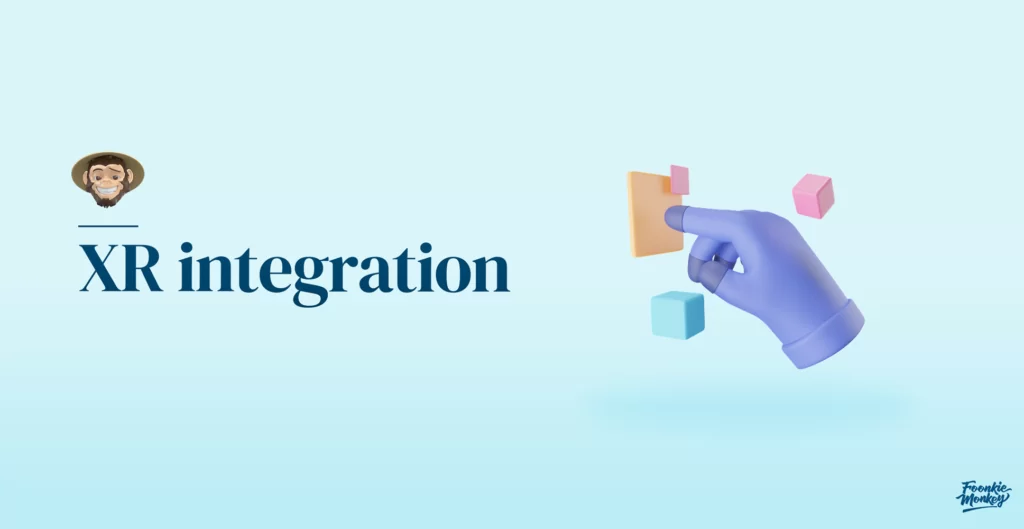
XR integration
Extended reality, or XR, is the backbone of the metaverse. It is an umbrella term that covers virtual reality (VR), augmented reality (AR), and mixed reality (MR). On the one hand, VR involves using headsets that give the user an immersive, realistic shopping, gaming, or social media experience. On the other hand, we have AR, which enhances, or augments, if you will, our real world with high-level images and graphics such as an actual Pokemon in your kitchen or a once demolished historical landmark back in your city. Lastly, XR is the term that covers both AR, VR, and any other environments that mix real and virtual reality while using human-to-machine interactions.
Since these technologies are at the crux of the metaverse, as a metaverse developer, you’re bound to come across them with increasing frequency in years to come. For this reason, it becomes crucial, almost non-negotiable, for metaverse developers to pursue the educational avenues that will allow them to amass the necessary knowledge to master the technologies and challenges that XR encompasses. This means acquiring an inevitable dominance over popular XR SDKs such as Wikitude or Vuforia and understanding how to use them according to the app’s requirements and the code architecture relevant to metaverse app development. In that sense, metaverse app developers should also master using VR and AR SDKs to ensure they can successfully integrate these technologies into their apps. Additionally, for these technologies to reach users’ homes, they must be implemented to work on modern gadgets and devices such as advanced smartphones, VR headsets, and mixed reality glasses. Also, depending on the use case, they may also require interoperability with certain virtual worlds such as Roblox or Fortnite. So, metaverse app developers must ensure that these applications are fully compatible with XR technologies and platforms but also run smoothly and are compatible with all relevant devices and environments.
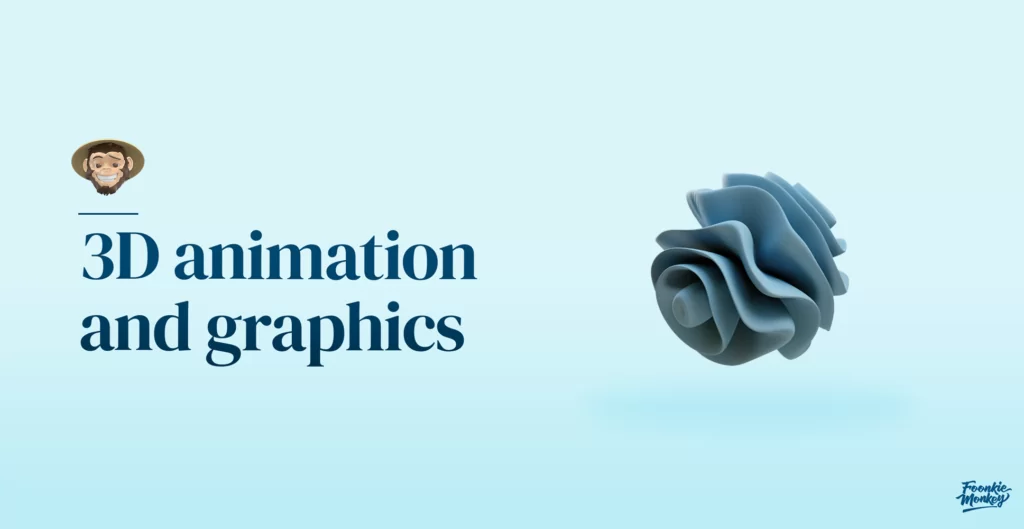
3D animation and graphics
Can you imagine immersing yourself in a metaverse experience and getting bombarded with low-quality, flat, 2D images? What a bust. Due to its virtual nature, the metaverse is inevitably linked to high-quality graphics, and implementing outstanding visual experiences in everything metaverse is non-negotiable. Remember, the metaverse is all about human interaction inside virtual spaces, which sometimes require verisimilar avatars. So, these interactions must convey a perfect sense of reality to effectively deliver what they promise. To accomplish this sense of reality, it is paramount for metaverse developers to create virtual elements that ensure smooth navigation and emphasize high-quality graphics, 3D animations, and visuals. The better the graphics and 3D animations, the better the user experience is in the metaverse space.
Metaverse app developers must possess the necessary skills that allow them to map out and prototype multiple 3D metaverse experiences in the form of top-quality animations and graphics. Not only that, but they must also be able to deliver these 3D graphics and animations and implement them in their digital products seamlessly to ensure a flawless user experience for all metaverse aficionados. Luckily, modern metaverse developers have platforms such as Nvidia, which experts describe as being the “HTML of 3D”. It is a development tool that allows us to create 3D simulations and designs based on Pixar’s Universal Scene Description (USD). USD is an open-source framework for data interchange that enables the collaborative construction of 3D animated scenes. It is one of the most innovative tools for metaverse app developers, and it is the foundation of Nvidia’s Omniverse, a scalable development platform for 3D design.
While it isn’t a groundbreaking modern innovation, 3D is inherent to the metaverse. Virtual commerce, real estate, gaming, and second lives need 3D to convey the sense of reality that is fundamental in the metaverse. So, before jumping into metaverse app development, ensure your team has some knowledge and skills in high-quality 3D graphics and animations; chances are, you’re going to need it!
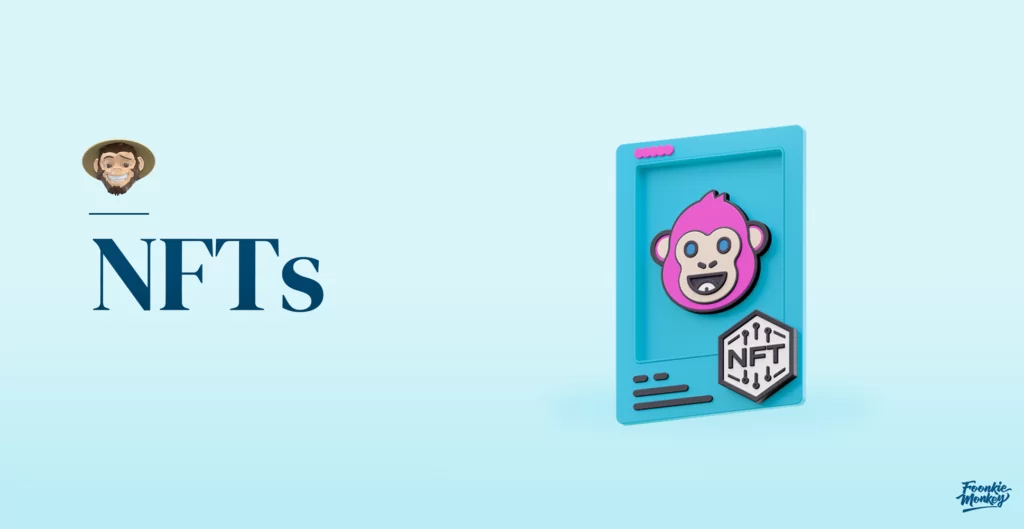
NFTs
NFTs, or non-fungible tokens, are indivisible, immutable, and unique digital assets that are part of a blockchain (usually Ethereum). NFTs can represent the ownership of physical and digital assets such as art, real estate, music, and gaming items. Unlike most cryptocurrencies, which are fungible (can be replaced), NFTs can be created by anybody, don’t require a lot of coding skills, and can’t be replaced because they are one of a kind. Their relevance within the metaverse relies on the fact that they represent digital assets and can potentially be traded freely inside virtual marketplaces. Sellers can provide links to the assets they offer on the web, and buyers can purchase them directly inside the VR environment. Nike’s Nikeland inside Roblox is the perfect example of this phenomenon. Here, sneaker fans can create their own avatar and play sports inside a virtual space, but with the brand’s acquisition of RTFKT, a studio that makes NFTs of products, it is only a matter of time before users see Nike and NFTs become one inside the metaverse.
NFTs are certainly one of the most prominent technologies inside the metaverse. As a result, they are a must for metaverse app developers to deliver relevant tools and interactions for the modern virtual environment. For instance, an in-game item like a sword must now have the possibility to be converted into NFTs so it can be traded or transferred inside the metaverse. In other scenarios, such as marketplace apps, NFTs can also enable the monetization of assets and enhance the user experience significantly. In that sense, it is crucial that metaverse app developers prepare themselves in everything NFT-related and can successfully implement them whenever necessary.
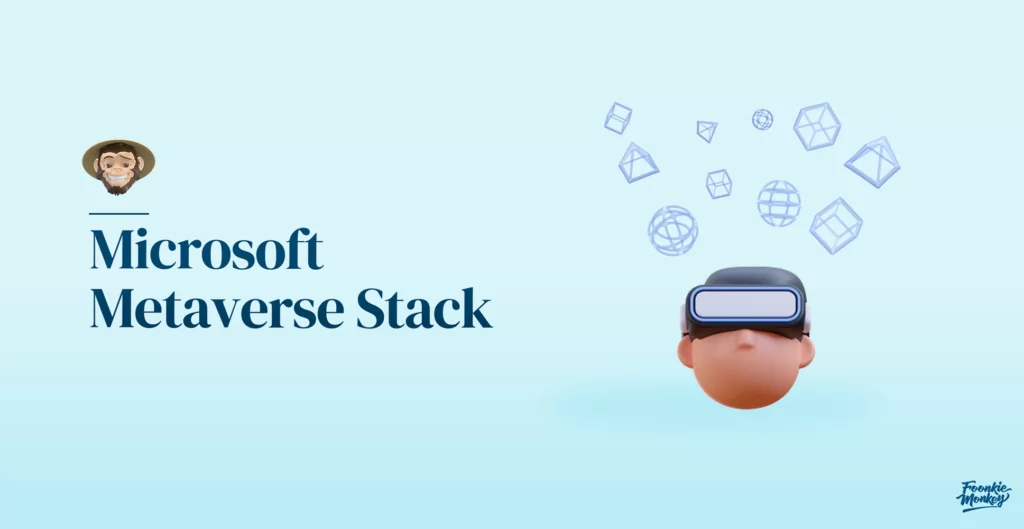
Microsoft Metaverse Stack
Microsoft is known for always staying on top of emerging technologies and groundbreaking innovations in the IT world. Currently, the company is adapting the technologies it already owns for the metaverse. For instance, the tech giant has a platform called Mesh, a mixed reality tool that gives its users access to virtual environments via smart devices such as smartphones and tablets without the need for expensive VR headsets. On their quest to enter the metaverse, Microsoft is planning to integrate their meetings platform Teams with Mesh to deliver Mesh for Teams. The new platform combines Mesh’s mixed-reality collaborative, holographic features with Team’s productivity to make remote meetings more immersive, engaging, and efficient. Hence, Microsoft is using Mesh for Teams to bring their users into the metaverse, creating a virtual field where they can meet and engage using their virtual selves. Also, at the foundation of these metaverse-related efforts is Digital Twins. Digital Twins is a tool that allows developers to build high-quality digital models of anything, from a user’s avatar to complex buildings, factories, and entire virtual environments, using two-way IoT (Internet of Things) connections. Digital Twins are very complex, and app developers must understand that the skill sets here are pretty demanding. They require specialized knowledge in ML (Machine Learning), AI (Artificial Intelligence), data analytics, IoT development, predictive analytics, and other advanced data-science skills. As a result, metaverse app developers that wish to dip their toes in Digital Twins must prepare for such an undertaking.
These are just some examples of modern tools metaverse app developers can leverage from Microsoft to power their products. Other important ones that can make a metaverse powerhouse stack include:
- Hololens: Microsoft’s mixed reality headset to enter virtual worlds.
- Microsoft Power Platform: Low-code platform for developers that improves data flow, automates processes, and helps build chatbots and virtual agents.
- Azure Synapse Analytics: A high-level data analytics service.
- Azure Al and Autonomous Systems: Provides a low-code approach to human-trained intelligent autonomous systems using AI.
- Microsoft-managed connected cloud services that help developers monitor and control their IoT assets.
- Microsoft’s platform of IoT-enabled intelligence to create virtual, digital models of physical elements.
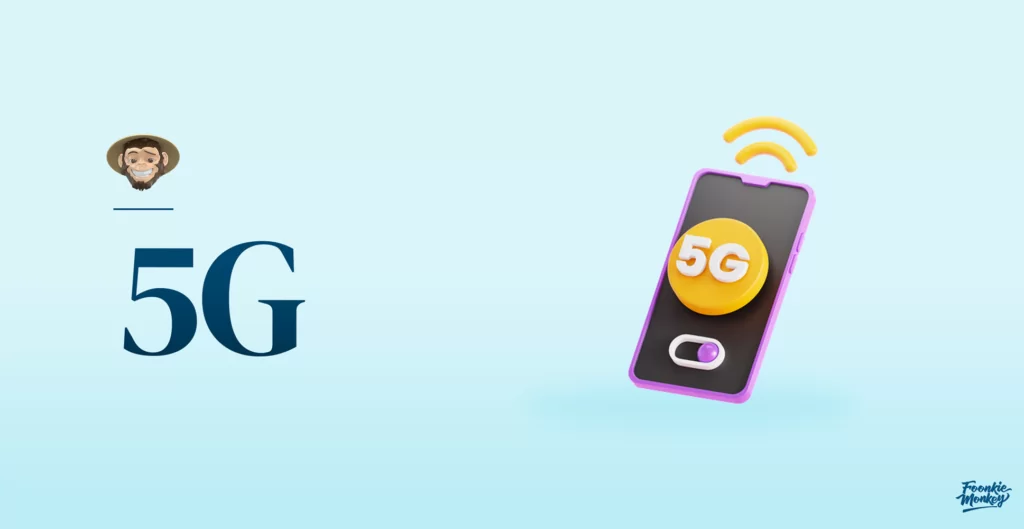
5G
To experience the full scope of the metaverse, connectivity is crucial. It is the cornerstone of any conversation regarding the metaverse, and it is fundamental to guarantee the complete delivery of the virtual experience we have been talking about in this article. 5G will help fulfill that promise and ensure that the metaverse’s offers don’t get lost in buffering issues and low connections. For one, 5G offers consistent coverage and an increased capacity to handle data traffic and connection density, which can help support ubiquitous access to all things metaverse. Secondly, 5G has low latency and provides a reliable connection that allows XR experiences to become seamless and have instant load times, regardless of the device or geolocation. Lastly, with average download speeds that are in the hundredths of megabits per second, 5G promises to ensure immediate access to all applications that connect to or work within the metaverse.
For metaverse app developers, 5G is non-negotiable. Learning what the network brings to the table and acquiring the necessary skills to leverage it is crucial for apps that work with the metaverse. The 5G network opens ample opportunities for developing metaverse apps and expanding them as the technology evolves.

Challenges of metaverse app development
Developing for the metaverse will undoubtedly become the norm in a few years. However, in the meantime, there are looming challenges that make metaverse app development a tricky endeavor. Some of the main ones are:
Interoperability: Remember when we said the metaverse is the conjunction of several platforms and worlds? Well, the problem here is that there is currently no interoperability and uniformity among these “universes.” You can’t transfer your digital possessions or your avatar from one metaverse to another. Namely, you can’t use the same avatar you created on Mesh for Teams to Fortnite. Or a building you bought in Roblox to another digital realm. In that sense, interoperability is vital for the metaverse to become the groundbreaking platform it’s supposed to become. However, there are still many massive hurdles to overcome, and hopefully, the metaverse app developers of the future will rise above them and make the metaverse what the world wants it to be.
Security: There’s no metaverse police. Identity verification within metaverse environments can be tricky. In the real world, identifying somebody is a pretty straightforward process. However, in the virtual world, anyone can pose as somebody else. As a result, hackers can easily impersonate someone and cause harm to the integrity of other users. Additionally, metaverse interactions depend largely on AR and VR gadgets. However, these devices usually lack the security protocols to block attacks and could potentially create gateways for intruders to access the systems and networks where these devices function. Addressing these hurdles is paramount for metaverse app developers.
Legal challenges: There is some freedom inherent to the metaverse, and circumventing intellectual property rights in some scenarios will be tricky. Virtual images and performances are up for grabs in this digital world, and there’s no failsafe to guarantee the protection of intellectual property rights.
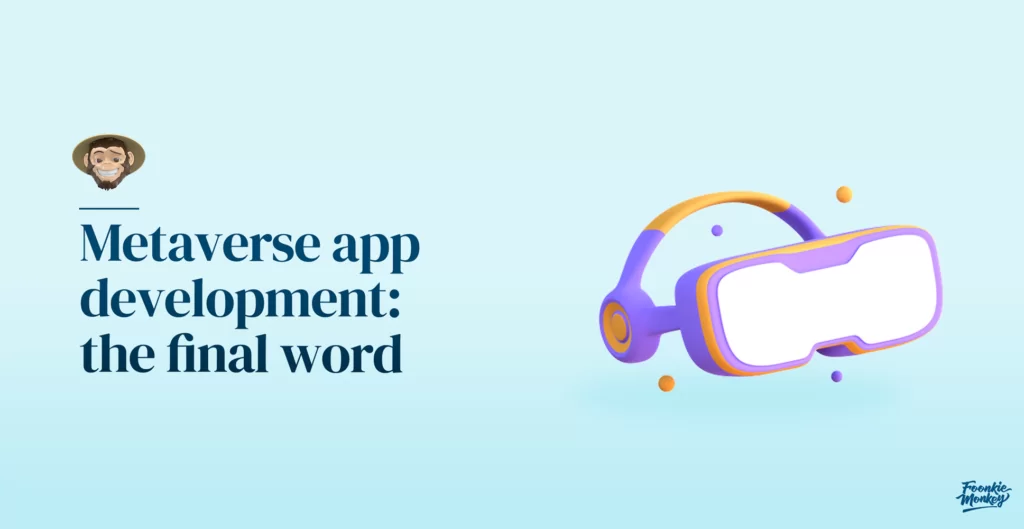
Metaverse app development: the final word
So you see, the first episode of the metaverse has begun. Sure, it is still evolving and is still arguably in its infancy stage. However, we’re already seeing mind-blowing metaverse use cases and applications that are setting the pace for what’s to come. Augmented reality environments, 3D marketplaces and social media platforms, blockchain-based trading, and virtual gaming are becoming commonplace in our modern digital environment, and we love it! As a result, metaverse apps will likely start to become the norm, which is why it’s paramount for the app development industry to stay on its toes regarding the metaverse. Sure, it’s challenging, and most of us developers aren’t fully prepared for what’s to come, but it’s crucial for us to start getting ready. Our industry is bound to be upended by the metaverse sooner rather than later, and we’re responsible for setting the pace for the adoption and success of future metaverse apps.
So, while we are still far from a fully integrated metaverse universe, most development companies can still benefit from learning, experimenting, and exploring metaverse-related content, tools, and frameworks. Most development practices will become obsolete while others will evolve and how we adapt and adopt these learning experiences will make the difference between failure and success in metaverse app development.
If you have any questions or concerns regarding this article or simply want to work with us, don’t think twice about contacting us!
